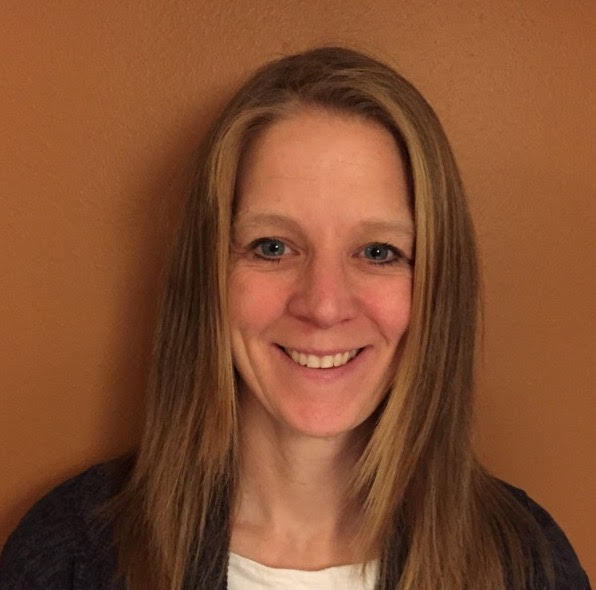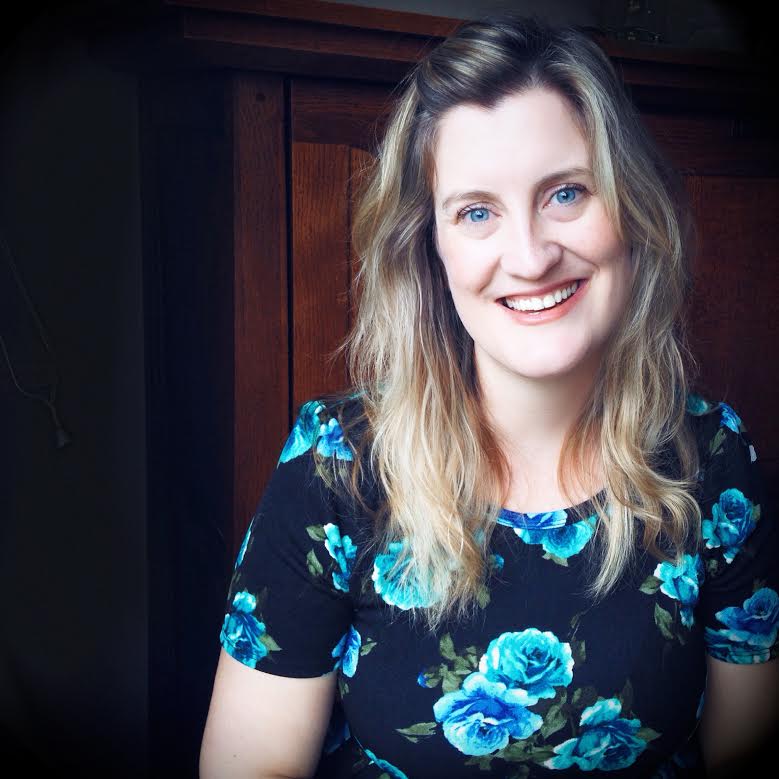By Charlena Wynn
Large nonprofits often can have the budget, name, and capacity to create immediate change in the lives of those they serve. However, nonprofits that are smaller or not funded through long-term grant-making foundations can make effective change as well. Small nonprofits can and should utilize the intimacy of their staff and connection to the community to better improve the lives of their clients. Plymouth Healing Communities was founded on that principle through the Plymouth Congregational Church who saw a need in their community and made it their mission to help their neighbors. Healing Communities draws its strength from its size as affordable housing is generally larger scale. Their small scale housing structure makes them a unique organization according to Chris Wilcynski, Director of Community and Social Services. Healing Communities, made of 15 or less units, emphasizes companionship and community to reduce homelessness for those with acute mental illness episodes.
Relationships, while seemingly apparent, can offer healing to those in need as mental illness is often stigmatized through images in the media and can lead to alienation. For many suffering with mental illness, after a stay at the hospital can mean job and housing loss. Some patients are released with nowhere to go and may find themselves on the street, back in the hospital or hurt. Creating and maintaining safe and healthy sense of self through community companionship has been effective in breaking the cycle as Healing Communities has an 83% success rate of keeping individuals off the street. Healing Communities uses two models to carry out their mission; House of Healing and the Community Companion program. House of Healing is a short term facility with one on one support post hospitalization to make the transition from homelessness to housing easier. The Community Companion program supports continued recovery in one of the four permanent residencies and are situated in neighborhoods to destigmatize mental illness.
The companion model, created by Craig Rennebohm, a street minister who was a companion and advocate to those living on the street, saw homelessness as bundle with mental illness. Companionship is accessible for communities, nonprofits, and individuals who want support those with mental illnesses. “The companion model is not hard,” says Hillary Evans, Executive Director. “Diagnoses does not change their humanity.” The goal is to help people feel human in a system of hospitalization by building communities.” Residents are supported emotionally as they transition from the hospital to House of Healing for their three to six-month stay. Healing Communities greatly emphasizes their role as companions and not clinicians. Harbor View, a partner with Healing Communities, provides the clinical component so that community companions may focus their energies on helping residents feel wanted and loved. Companions share meals, cook, go to see movies or walks and live with residents so that residents may learn to build community wherever they may go after their stay. Intimacy extends far beyond companion and resident relationships, but also that of those who donate and sit on their Advisory Board.
Board Members and Mentorship
 Hillary, who came from a larger nonprofit before Healing Communities, notes that the Board has rich expertise and knowledge and continuously supports Healing Communities staff. For smaller nonprofit leaders who may have to juggle fundraising and development, programming, financial management and more, board members should be a partner in the success of its goals. They can offer advice on fundraising and grant writing, form partnerships with foundations or other nonprofits, and facilitate a strong strategic plan. This has been particularly help for Healing Communities, whose mission and programming are so unique, who has found that federal grants can be difficult to come by. Because board members have been directly or indirectly affected by mental illness, they recognize the importance of this work and have been supportive in obtaining local foundation grants.
Hillary, who came from a larger nonprofit before Healing Communities, notes that the Board has rich expertise and knowledge and continuously supports Healing Communities staff. For smaller nonprofit leaders who may have to juggle fundraising and development, programming, financial management and more, board members should be a partner in the success of its goals. They can offer advice on fundraising and grant writing, form partnerships with foundations or other nonprofits, and facilitate a strong strategic plan. This has been particularly help for Healing Communities, whose mission and programming are so unique, who has found that federal grants can be difficult to come by. Because board members have been directly or indirectly affected by mental illness, they recognize the importance of this work and have been supportive in obtaining local foundation grants.
Reciprocal Change
 Great relationships extend far beyond staff and board members. Healing Communities’ House of Healing and Community Companion strengthens bonds between residents and community companions and allows volunteers to fully participate in changing the lives of others. Volunteers are encouraged to actively become a participant in carrying out the mission. “Volunteers are able to reciprocate change,” says Evans. “The more your volunteers and donors can play a part in the mission, the more motivated they are to support financially.” Healing Communities emphasis on intimacy has been key to their success and maintaining positive relationships for residents. Because volunteers are able to interact personally with residents, they become more knowledgeable are able to advocate on the behalf of residents and destigmatize mental illness. Recognizing the connectedness of mental illness in the lives friends and family members has contributed to the consistent donor support and community contribution.
Great relationships extend far beyond staff and board members. Healing Communities’ House of Healing and Community Companion strengthens bonds between residents and community companions and allows volunteers to fully participate in changing the lives of others. Volunteers are encouraged to actively become a participant in carrying out the mission. “Volunteers are able to reciprocate change,” says Evans. “The more your volunteers and donors can play a part in the mission, the more motivated they are to support financially.” Healing Communities emphasis on intimacy has been key to their success and maintaining positive relationships for residents. Because volunteers are able to interact personally with residents, they become more knowledgeable are able to advocate on the behalf of residents and destigmatize mental illness. Recognizing the connectedness of mental illness in the lives friends and family members has contributed to the consistent donor support and community contribution.
Plymouth Healing Communities is a nonprofit based in Seattle, Washington that specializes in offering a small scale neighborhood shelter to those recovering from acute mental illness episodes.
Charlena Wynn is currently pursuing her Master’s of Arts in Liberal Studies at NC State University with a concentration in examining the construction of Blackness in contemporary United States museums.








